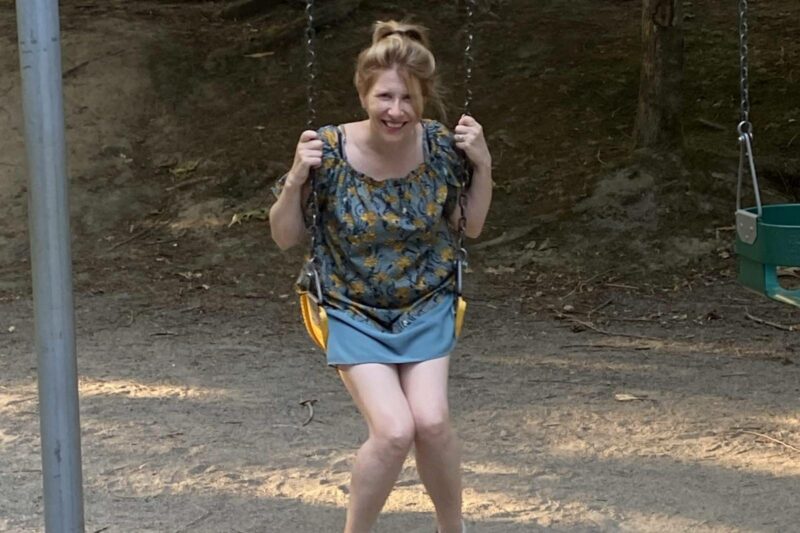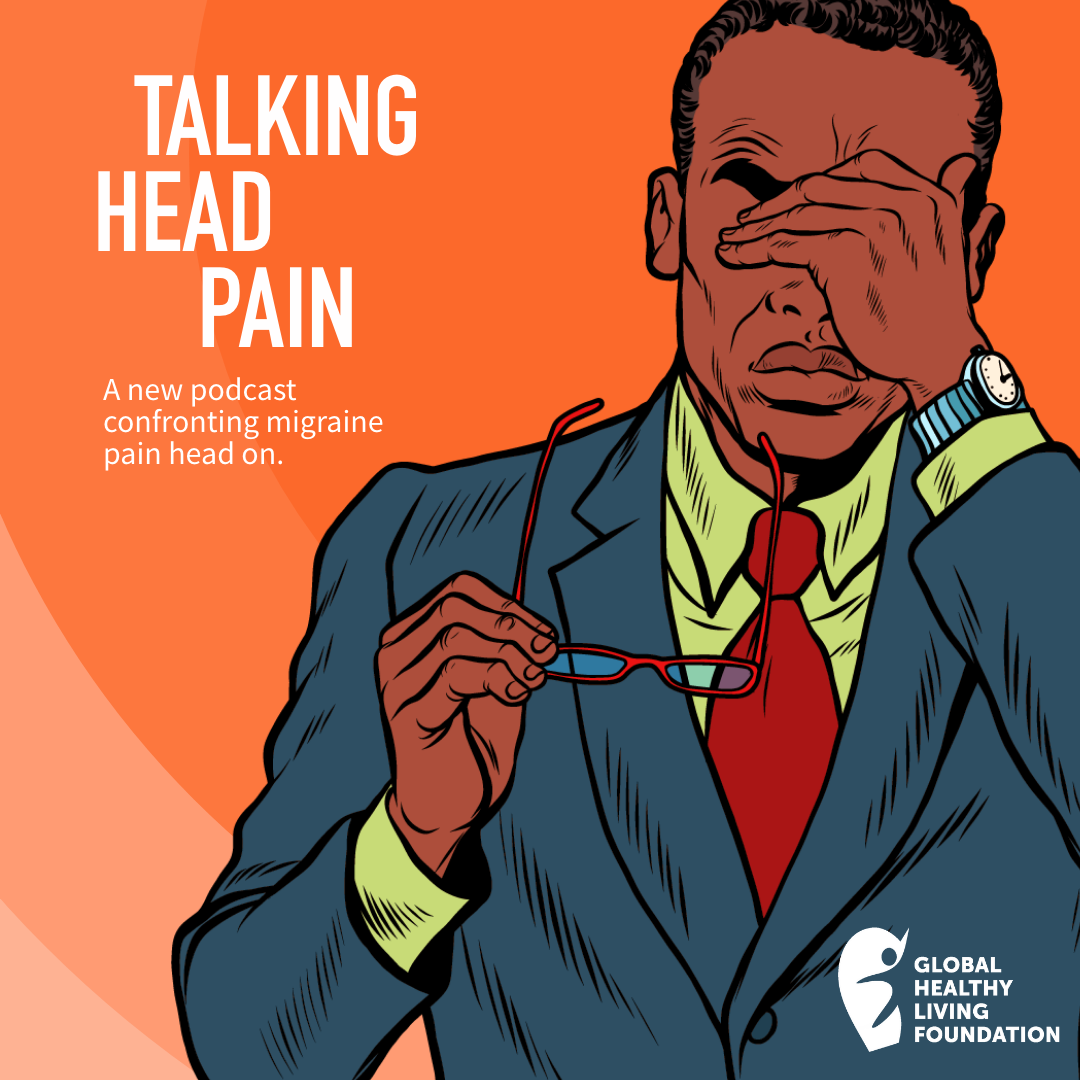It’s twilight on a mild summer night, and my husband and I go out for our evening walk. We take our usual route — a lap around a local green space and a turn down to the street — before entering a small park that neighbors our building. It’s a quiet night with very few people around. The stars are just beginning to twinkle. We pass a small playground, and the sight of an empty swing stirs something inside me. I walk toward it with the excitement of a child who has been cooped up in the house for days. I wrap my hands around the chains, the cold steel soothing the steady heat that radiates through my limbs. I push off the ground and swing toward the sky as it melts into an indigo painting with a sliver of moon.
I am a child again, reliving that uninhibited lightness only children understand — and it’s in this moment that I realize what I need to do when exercising with rheumatoid arthritis (RA): I need to go back to playing.
The Importance of Exercise for Rheumatoid Arthritis
Everyone, whether they have arthritis or not, has heard about the importance of exercise. It tones muscles, strengthens bones, and supports cardiovascular health. It can give people confidence and create endorphins that boost your mood and energy levels. For people with arthritis, exercise has some added benefits, like reducing inflammation, fatigue, and brain fog, and acting as a therapeutic balm for sore, stiff joints.
But exercising with RA also has some added challenges. You probably don’t want to move when you’re sore and tired. (I know I don’t). When you have a chronic illness like rheumatoid arthritis, it takes a lot of energy just to get out of bed and get through the day. So how do you add an exercise program in the mix? After all, exercising can be challenging even when you feel your best.
It’s remarkable how guilty you feel when you’re constantly being told by health care professionals the importance of activity and that you’re not doing enough of it. It can make exercising feel a bit like a chore, and when it feels like a chore, you probably won’t want to do it — just like when you were a kid.
How to Stay on the Exercise Wagon
Find Fun Activities
You won’t exercise if it feels like work. If you want to maintain an exercise routine, you need to make it fun. You need to go back to your childhood and rediscover the sense of magic in movement. Exercise doesn’t have to be so serious; you can make a game of it.
Try rediscovering some of your favorite childhood activities and modifying them to work with your condition. Dance, jump rope, or play hopscotch. Fly on the swings, go for a bike ride, or bounce on a mini trampoline. Play catch with a friend (just make sure to choose something soft and large so you don’t irritate your joints). Lie on the grass, look up at the sky, and count the stars.
You can even use your daily household chores as a workout. (Who says that’s not exercise? It’s movement, isn’t it?) Put on your favourite music, and dust, vacuum, and wash to your favorite tunes. You can even sing them out loud — your core muscles will thank you.
Ask For Help
Physiotherapists and kinesiologists are fabulous resources for learning how much exercise you can do and how to modify movements for your body. When I was first diagnosed with RA, I had to learn how to adjust the vigorous exercises I was used to as a dancer. My joints were not as flexible when inflamed and without some understanding of how to move with swollen joints, I ran the risk of hurting myself.
Physiotherapists and kinesiologists are specialists in movement and the musculoskeletal system. They can help you understand the role of exercise, how it can help reduce pain, and how to move with RA. Your doctor might even have recommendations for physiotherapists, kinesiologists, and personal trainers to help you get started.
Take It Outdoors
The most stimulating exercise is found in the great outdoors. Hiking, walking, swimming, and biking are excellent ways to move your body and see the beauty of the world around you. Nature is healing, fresh air is invigorating (when there’s not a heat wave), and seeing new sights keeps it interesting. Go to a park to practice your yoga; walk up gentle hills for some extra resistance; go for a stroll along the beach and collect shells.
Be a tourist in your own town. Snap photos on your phone or a camera as you explore the parks, museums, and galleries in your community.
Step out of your house and dance in the lawn to the sounds of birds, frogs, and crickets.
When the weather turns and drives you back inside, look for workout videos (search on YouTube for instructors and classes you like), or online exercise classes or workout apps. The key is to find the joy in what you are doing so it won’t feel like a chore. If you can make exercise fun, you’ll be more likely to do it every day.
Find the Magic
When we grow up, we forget how to be playful with our lives and ourselves. We need to bring back the magic of play. Our childhood was an enchanting time that lives on in our memories. Let’s find the magic again and bring it back into our adult lives. Let’s allow that sense of play to fuel our well-being and ignite our imagination.
Stay in Touch with CreakyJoints Canada
Part of the nonprofit Global Healthy Living Foundation, CreakyJoints is a digital community for millions of arthritis patients and caregivers worldwide who seek education, support, advocacy, and patient-centered research. All of our programming and services are always provided free of charge. As we grow CreakyJoints Canada we want to hear from you. Please join our email list to stay connected, learn about new content and initiatives, and send us suggestions and ideas.






